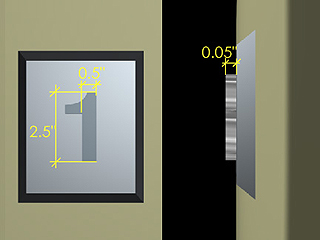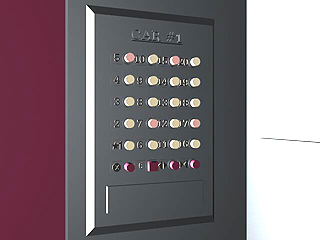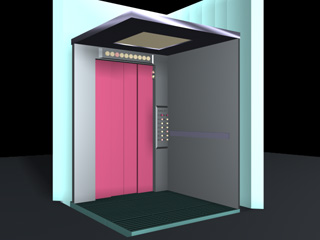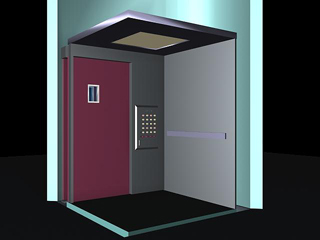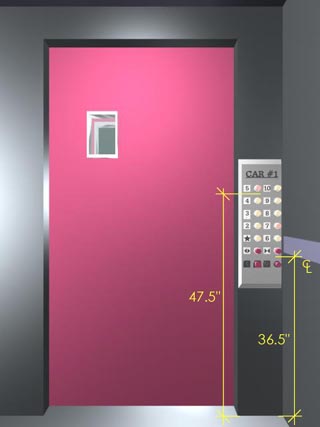 |
||||||
| Version 4.0 July, 2001 | ||||||
| © Edward Steinfeld and Danise Levine, 2001 | ||||||
| Additional information |
|
|||||
|
||||||
|
||||||
|
||||||
|
||||||
|
||||||
Typical problems of
noncompliant numbers and letters Stroke width to height ratio is not within the required range.  The number lacks contrast with the background, which makes it difficult to read.  This number is a serif font, and therefore does not comply. Additionally, the number does not contrast with the background.  This number is an example of san serif font, although the number does not contrast with the color of the background. |
|
|||||
|
||||||
|
||||||
|
||||||
|
||||||
|
||||||
|
||||||
|
||||||
|
||||||
|
||||||
|
||||||
Example from NYCHA building The side opening elevator door showing controls on side wall adjacent to door. |
|
|||||
|
||||||
|
||||||
|
||||||
|
||||||
| NYCHA uses two distinctly different sounds. A gong is used for the up direction and a buzzer is used for the down direction. |
|
|||||
|
||||||


